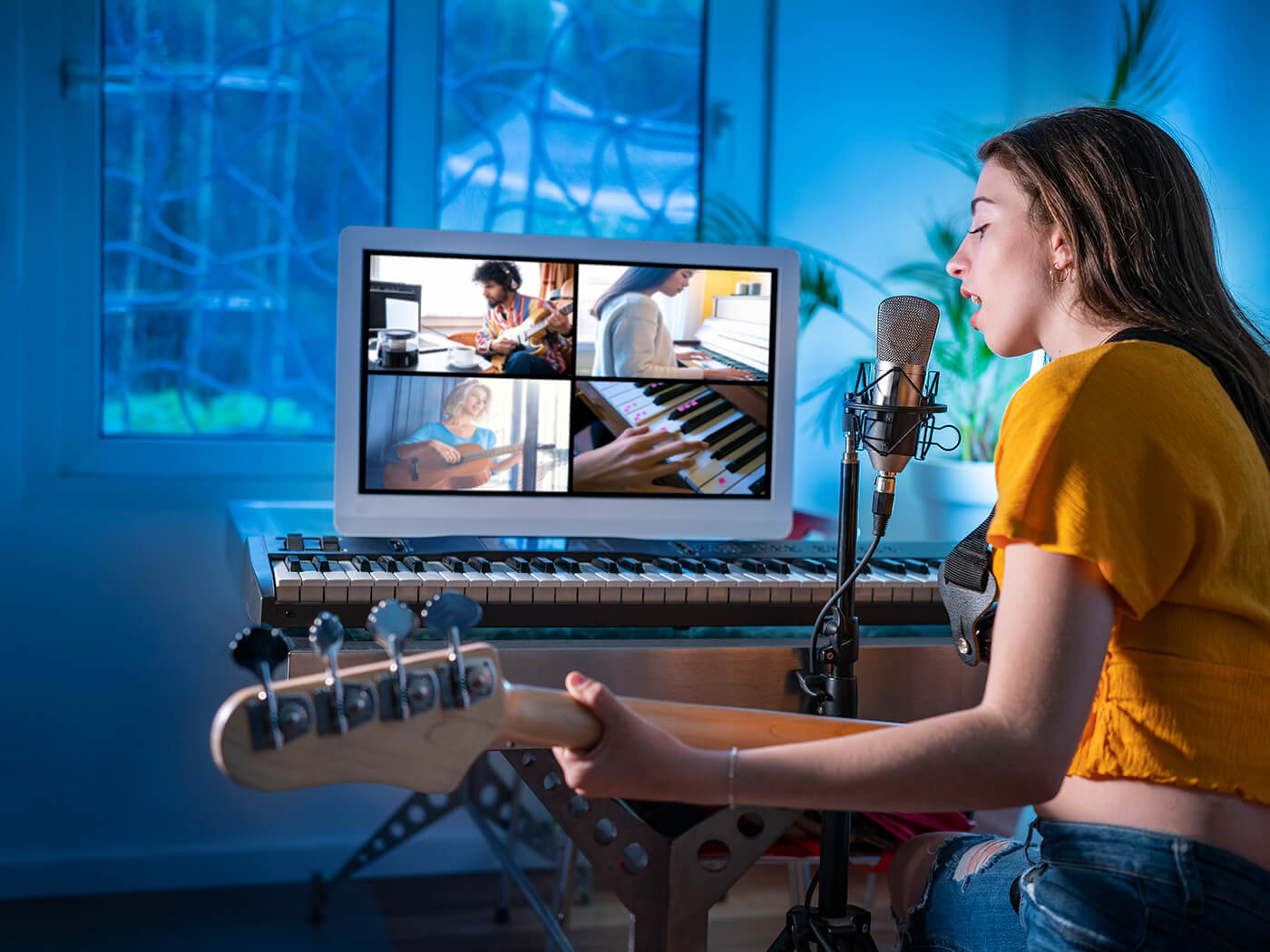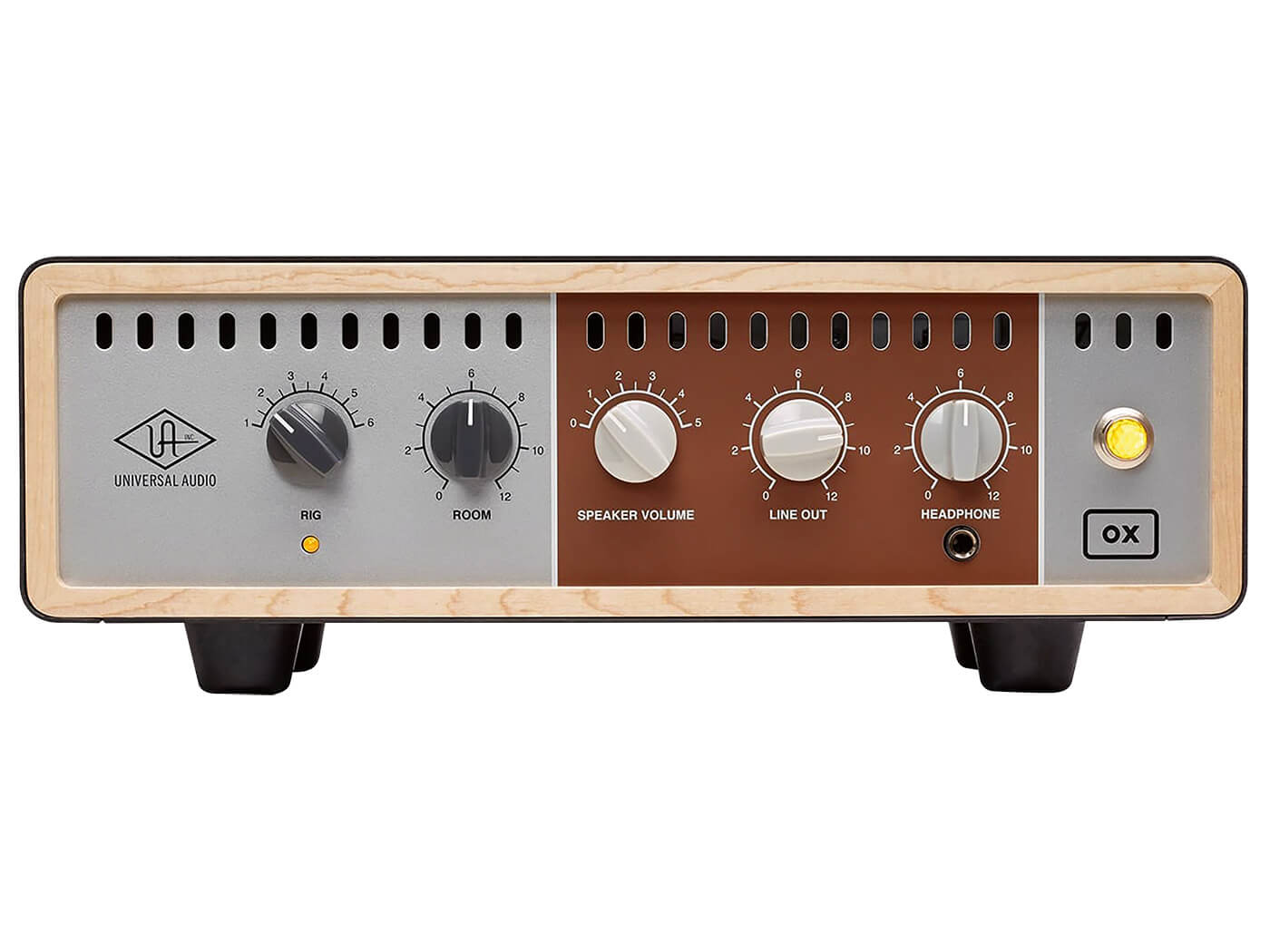Related Tags
Guitar recording FAQ: How do I record bass without an amp?
You don’t need a bass amplifier to get professional-quality recorded bass sounds. Here’s how you do it.

Recording bass? The humble DI box is your friend
I’m a guitarist but I own a bass and want to record with it. Can I get a good sound without buying a bass amp?
Adrian, Norwich
Some cynical guitarists might say that bassists generally struggle to get a decent sound with or without a bass amp, but we wouldn’t dream of suggesting that.
Joking aside, there are plenty of options that make owning a bass amp unnecessary.
The direct approach
Recording bass through an amp can be quite a challenge and decades before digital modelling technology, recording electric bass direct became the industry standard. Recording direct means plugging an electric bass into a mixing desk or external preamp. Since most mixing desk preamps are designed to interface with low impedance microphones, the input impedance isn’t ideal for basses with passive pickup systems.
To get around this, sound engineers use DI (direct injection) boxes to present the bass with a high-impedance input and the microphone preamp with a low-impedance balanced signal. Live sound engineers use them too, and going direct offers many advantages.
DI boxes come in many forms, from simple passive transformer loaded boxes to active solid-state and valve devices. Most will have an input link socket so you can go direct while sending your signal to an amp. Active DIs will often provide level control, and an earth lift switch is essential for avoiding ground loops that manifest as a very loud low frequency hum.
Most modern standalone microphone preamps and audio interfaces have Hi-Z (high impedance) inputs. Check for a jack socket, which will probably be somewhere on the front of the unit. If your preamp has one, you won’t need a DI box.
In live recording scenarios, spill is completely eliminated. This means there will be no unwanted guitar or drum sounds on the bass track. It works both ways too, because the bass won’t cause the snare drum to rattle and you won’t end up with unwanted low frequency content causing your lead vocal or acoustic guitar compressors to freak out.
And if you’re recording on your own, going direct means that you can work at low volume levels or use headphones. Nothing penetrates walls and floors quite as efficiently as low frequency noise, so when inspiration strikes late at night, there’s nothing to prevent you from capturing that great bassline.
Whether the straight DI tone will suit you may depend on your playing style and musical taste. DI bass has a full frequency range, tends to be extremely clean and ‘hifi’ in tone and there’s nothing to tame the dynamics. If you’re a slap happy funkster in the Mark King mode, or a fan of James Jamerson’s Motown stylings, a DI tone is ideal. But if you prefer your bass sounds warmer, dirtier and growly, you’ll probably hate it. Fortunately, there are other alternatives.
Modelling
Eliminating unwanted noises is one of the biggest challenges when recording through a bass amp. It’s often tricky enough in pro studios, but in a house or flat, anything that isn’t securely fixed will cause problems. Buzzes and rattles from light fittings and window frames can often be picked up by a microphone, and you can drive yourself crazy trying to trace and fix the causes.
No doubt this is a key factor in the popularity of digitally modelled bass amplifiers. In one hit you get all the advantages of DI recording coupled with a more natural amplified tone – and you’ll never be plagued by unwanted noises.
Much depends on the quality of the model, but equally much depends on the tone of any amp you might be comparing it to. We first encountered the Universal Audio Ampeg B-15N plugin soon after recording bass in a studio through a vintage Portaflex.
With simultaneously recorded microphone and DI tracks, it was an opportunity to compare the model directly with the real thing. Cutting to the chase, the UA plugin sounded better and allowed far more scope for finessing the bass sound in the mix.
If your budget doesn’t stretch to UA products, many DAWs now come with great-sounding bass amplifier plug-ins – including Logic and GarageBand. Depending on your system, you might experience too much latency to record using them, but they will give any DI bass tone a convincingly amp-like quality in the mix.

Guitar amps
Most of us learn early on that you shouldn’t play bass through a guitar amp. It won’t do the amp any harm, but there’s a very good chance you’ll damage your speakers. If you can take the speakers out of the equation, then it’s game on.
Maybe you’ve already got a dummy-load speaker simulator that you use for recording guitar. Popular products include the UA OX and Two Notes Torpedo Captor, and since there’s nothing mechanical that can break, there’s no reason you can’t use them with bass.
Some guitar amps are better suited to bass than others. More powerful amps that are designed to be used with large cabinets often have small signal capacitors to keep low frequency content tightly controlled. Consequently, your bass might not sound as deep as you’d like.
But smaller amps, which are designed to run into 10-inch speakers, sometimes allow plenty of low frequency content through so they will sound full and fat. You may find these more suitable for bass and the Fender Princeton Reverb is a prime example.
Many valve guitar amps are equipped with line outputs that work independently of the amp’s master volume control. You can set the master volume to zero, go direct from the amp into your digital interface and run the amp’s direct tone through digitally modelled speaker cabinets.
And if you use a DI box to record the bass direct and through an amp simultaneously, mixing them together can give the tone more depth and clarity while retaining all that chewy amplifier goodness.

Re-amping
Recording through a DI box also allows you to re-amp the bass at a later date. Re-amping is the process of sending a DI signal from your audio interface to an amplifier and re-recording the sound using a microphone.
The microphone waveform will need to be aligned with the DI waveform in your DAW, but that’s quite easy. It’s a neat trick for guitars too, but we can discuss that some other time…
For more guides, click here.
